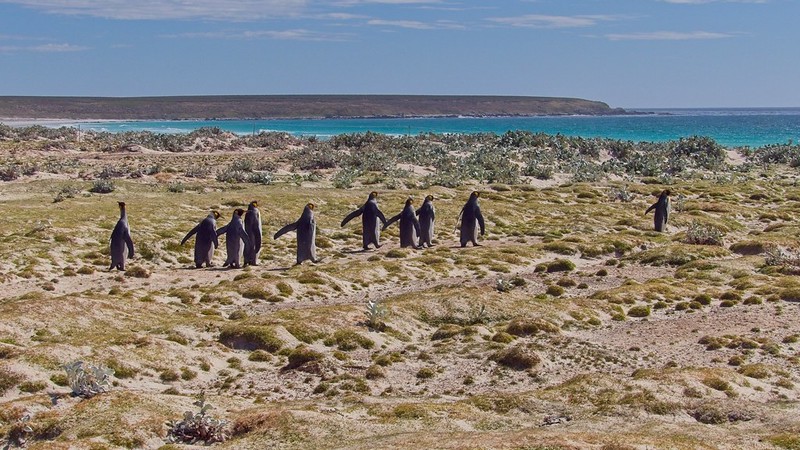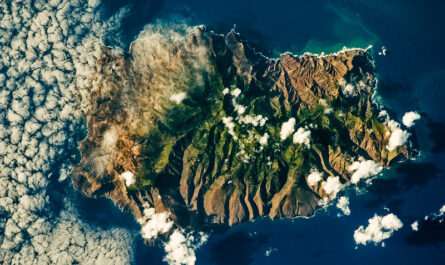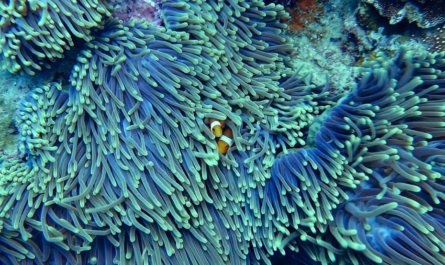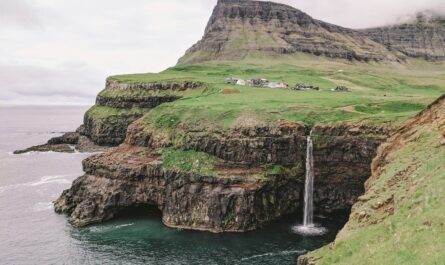The Falkland Islands, located in the remote expanse of the Southern Ocean, are a haven for some of the planet’s most diverse and abundant marine ecosystems. These islands, with their rugged coastlines, pristine waters, and breathtaking landscapes, are best known for their thriving penguin populations. However, they also support a plethora of marine biodiversity, making them a critical region for conservation and a destination of wonder for researchers and ecotourists.
This extensive article takes you on a journey through the Falkland Islands, exploring their iconic penguin species, marine ecosystems, the challenges they face, and the global significance of this unique archipelago.
The Geography of the Falkland Islands
1. Location and Physical Features
The Falkland Islands are situated about 300 miles east of the southern tip of South America. This remote archipelago consists of two main islands, East Falkland and West Falkland, and over 700 smaller islands.
- Climate: The islands have a cool, maritime climate, with temperatures rarely exceeding 24°C (75°F) or dropping below -5°C (23°F).
- Geology: Their rugged terrain includes cliffs, rocky shores, and sandy beaches, creating diverse habitats for marine and terrestrial life.
2. Oceanic Influence
The Falklands lie at the convergence of the Antarctic Circumpolar Current and the South Atlantic Current. These nutrient-rich waters foster a thriving marine ecosystem, supporting a wide variety of species.
The Penguins of the Falkland Islands
1. Penguin Species
The Falklands are home to five penguin species, each with its unique characteristics and behaviors:
- King Penguins (Aptenodytes patagonicus):
- The second-largest penguin species in the world.
- Known for their striking orange and yellow plumage around the neck.
- Breed in colonies such as Volunteer Point, a key ecotourism site.
- Gentoo Penguins (Pygoscelis papua):
- Distinguished by their bright orange beaks and white patches above their eyes.
- Found in large colonies on beaches and grasslands.
- Known for their playful and curious nature.
- Magellanic Penguins (Spheniscus magellanicus):
- Burrowing penguins that dig nests in sandy or grassy areas.
- Migratory, returning to the islands each year to breed.
- Easily identified by their black-and-white bands across the chest.
- Rockhopper Penguins (Eudyptes chrysocome):
- Small penguins with spiky yellow crests above their eyes.
- Renowned for their agile hopping abilities on rocky terrain.
- Breed in dense colonies on cliffs and rocky shores.
- Macaroni Penguins (Eudyptes chrysolophus):
- Vibrant yellow crests and black feathers give them a striking appearance.
- Less common than other species but still a vital part of the ecosystem.
Marine Biodiversity of the Falkland Islands
1. Marine Mammals
The waters around the Falklands are teeming with marine mammals, including:
- Southern Sea Lions (Otaria flavescens): Frequently seen lounging on beaches or diving for fish.
- Elephant Seals (Mirounga leonina): The world’s largest seal species, known for their massive size and distinctive proboscis.
- Dolphins and Whales: Species like the Commerson’s dolphin and humpback whales are regular visitors to these waters.
2. Seabirds
In addition to penguins, the Falklands host an incredible diversity of seabirds:
- Albatrosses: Black-browed albatrosses breed in large colonies on steep cliffs.
- Cormorants: Both imperial and rock cormorants are prevalent, often nesting near penguin colonies.
- Shearwaters and Petrels: These birds are adept at soaring over the open ocean.
3. Marine Ecosystems
The Falklands’ marine habitats include kelp forests, coral reefs, and open ocean ecosystems:
- Kelp Forests: Provide shelter for juvenile fish and invertebrates, supporting the food web.
- Coral Reefs: Though less extensive than tropical reefs, cold-water corals play a crucial role in biodiversity.
- Fish Species: The waters are rich in species like Patagonian toothfish, rock cod, and squid.
The Global Significance of Falklands’ Marine Biodiversity
1. Biodiversity Hotspot
The Falklands are part of the Patagonian Shelf Large Marine Ecosystem, a globally significant area for marine biodiversity.
- Endemic Species: Several species found here are unique to the region, highlighting its ecological importance.
- Migratory Pathways: The islands serve as a crucial stopover for migratory birds and marine mammals.
2. Role in Global Ecosystems
- Carbon Sequestration: Kelp forests and other marine habitats play a role in capturing and storing carbon dioxide.
- Nutrient Cycling: The convergence of ocean currents ensures the recycling of nutrients, supporting marine life at multiple trophic levels.
Challenges Facing the Falkland Islands’ Biodiversity
1. Climate Change
Rising temperatures and changing ocean currents impact the delicate balance of the ecosystem:
- Food Availability: Reduced fish stocks affect penguins and marine mammals.
- Breeding Success: Unpredictable weather patterns disrupt nesting and rearing behaviors.
2. Overfishing
Unsustainable fishing practices threaten key species like squid, a vital food source for penguins and marine mammals.
3. Human Activities
- Tourism: While beneficial for the economy, unregulated tourism can disturb wildlife.
- Pollution: Plastic waste and oil spills pose significant threats to marine life.
Conservation Efforts and Initiatives
1. Marine Protected Areas (MPAs)
The Falklands have established MPAs to safeguard critical habitats and species:
- Zoning: Balances conservation with sustainable fishing and tourism.
- Monitoring: Tracks the health of marine ecosystems.
2. Penguin Conservation Programs
Targeted efforts to protect penguin populations include:
- Habitat Restoration: Ensuring nesting sites are safe and undisturbed.
- Research and Monitoring: Long-term studies track population trends and threats.
3. Global Collaborations
International partnerships enhance conservation efforts:
- Agreements: The Falklands participate in global initiatives like the Convention on Migratory Species.
- Scientific Exchange: Collaborative research projects with institutions worldwide.
Ecotourism: A Sustainable Future
1. Wildlife Watching
The Falklands offer unparalleled opportunities to observe wildlife in its natural habitat:
- Penguin Encounters: Guided tours take visitors to colonies while minimizing disturbance.
- Marine Tours: Boat trips provide close-up views of whales, dolphins, and seals.
2. Sustainable Practices
Efforts to make tourism sustainable include:
- Regulated Access: Limits on visitor numbers and areas to protect sensitive habitats.
- Local Involvement: Empowering communities to manage and benefit from tourism.
The Future of the Falkland Islands’ Marine Biodiversity
1. Climate Resilience
Adaptive management strategies will be essential for addressing the impacts of climate change:
- Ecosystem Restoration: Enhancing the resilience of habitats like kelp forests.
- Data-Driven Policies: Using research to inform conservation and development.
2. Technological Innovations
Emerging technologies can support biodiversity monitoring and protection:
- Satellite Tracking: Provides real-time data on migratory species.
- AI and Robotics: Enhances research on hard-to-reach areas.
3. Education and Awareness
Raising awareness of the Falklands’ ecological significance will inspire global support:
- Educational Campaigns: Promote understanding of the challenges and solutions.
- Citizen Science: Engages the public in monitoring and conservation efforts.
Conclusion
The Falkland Islands, with their vibrant penguin colonies and rich marine ecosystems, are a testament to the beauty and complexity of life in the Southern Ocean. These islands not only support a dazzling array of species but also play a critical role in global ecological processes. As we face the challenges of climate change and biodiversity loss, the Falklands stand as a beacon of hope and a call to action for conservation.
By combining scientific research, sustainable practices, and community involvement, we can ensure that the Falkland Islands remain a sanctuary for marine life and a source of wonder for generations to come.



